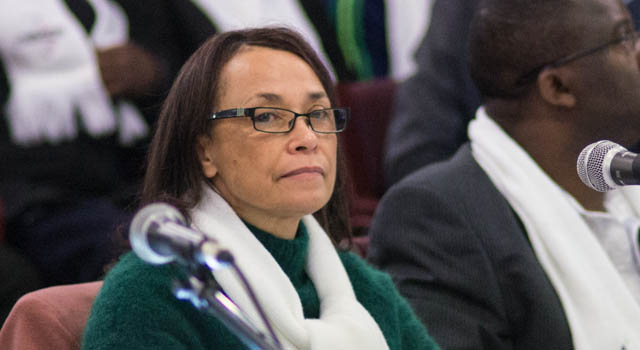
Mobile TV, the company hoping to introduce mobile television services in South Africa using Korea’s digital multimedia broadcasting (DMB) standard, believes there will be substantial demand for its services. But rival Kagiso Media is less convinced.
The company wants to offer digital radio — using the DAB and DAB+ standards — as well as multimedia content to consumers using DMB-enabled devices like phones and tablets. It has asked the Independent Communication Authority of South Africa (Icasa) for a licence to do this and made its case at public hearings last week.
Founder and chairman Mothobi Mutloatse says Mobile TV has been running a trial network since December 2010 and has proved the technology is “round, steady and unshakeable”. Though the company has been using free-to-air signals in its trial, it says it has no intention of offering a free-to-air service — one of several concerns raised by Kagiso Media at last week’s public hearings held at Icasa’s Sandton offices.
Mobile TV estimates there is an addressable market of 20,5m people aged 16 and above and “market demand is estimated at 3,3m”, says the prospective broadcaster’s business advisory and development consultant, Jenny Tyobeka. Its target in its first year of service is to sign up about 160 000 subscribers.
Tyobeka says the company will specifically target the youth market due to their “propensity to adopt mobile technologies”.
“We project that lower-income individuals are as keen as wealthy South Africans to take up services if suppliers build bridges of access.”
Mobile TV’s proposed offering, which includes two video channels, one visual radio channel — a radio broadcast with multimedia elements — as well as four DAB radio services and a range of interactive services, will require a nominal activation fee and an annual subscription. It has not specified how much it will cost, citing competitive reasons for not doing so.
It intends offering sports, entertainment and news content, with a particular focus on short-format programming. While a single subscription fee will allow users to access all content on the Mobile TV platform, users may incur additional charges when accessing interactive services.

Mobile TV chief technology officer — and former SABC technology chief — Gelfand Kausiyo says DMB uses the same transmitters and technology as DAB and DAB+ and it is therefore “not possible to talk about DMB without them”.
Kausiyo says all three standards can “happily coexist” in the same spectrum, use the same infrastructure, and cover a radius of up to 70km. This degree of coverage will make it easy to serve a large portion of the population.
Furthermore, Kausiyo says most “big-brand vehicles” manufactured after January 2012 now come with built-in DMB receivers and adds that there are more than 300 DMB devices available globally. He says the standard is being used extensively across Europe and Asia, with more than 63m devices sold worldwide.
Representing rival Kagiso Media, electronic communications lawyer Justine Limpitlaw says that, among other things, Kagiso, which is also seeking a pay-TV licence, is not convinced Mobile TV has provided sufficient evidence to Icasa of public support.
“We think it’s in Icasa’s and the public’s interest to participate in public hearings, and in making these representations our role is not to attack other players, but to raise areas of concern,” Limpitlaw says. “There’s no malice or ill intent on Kagiso’s part when raising concerns with an application.” — (c) 2013 NewsCentral Media




